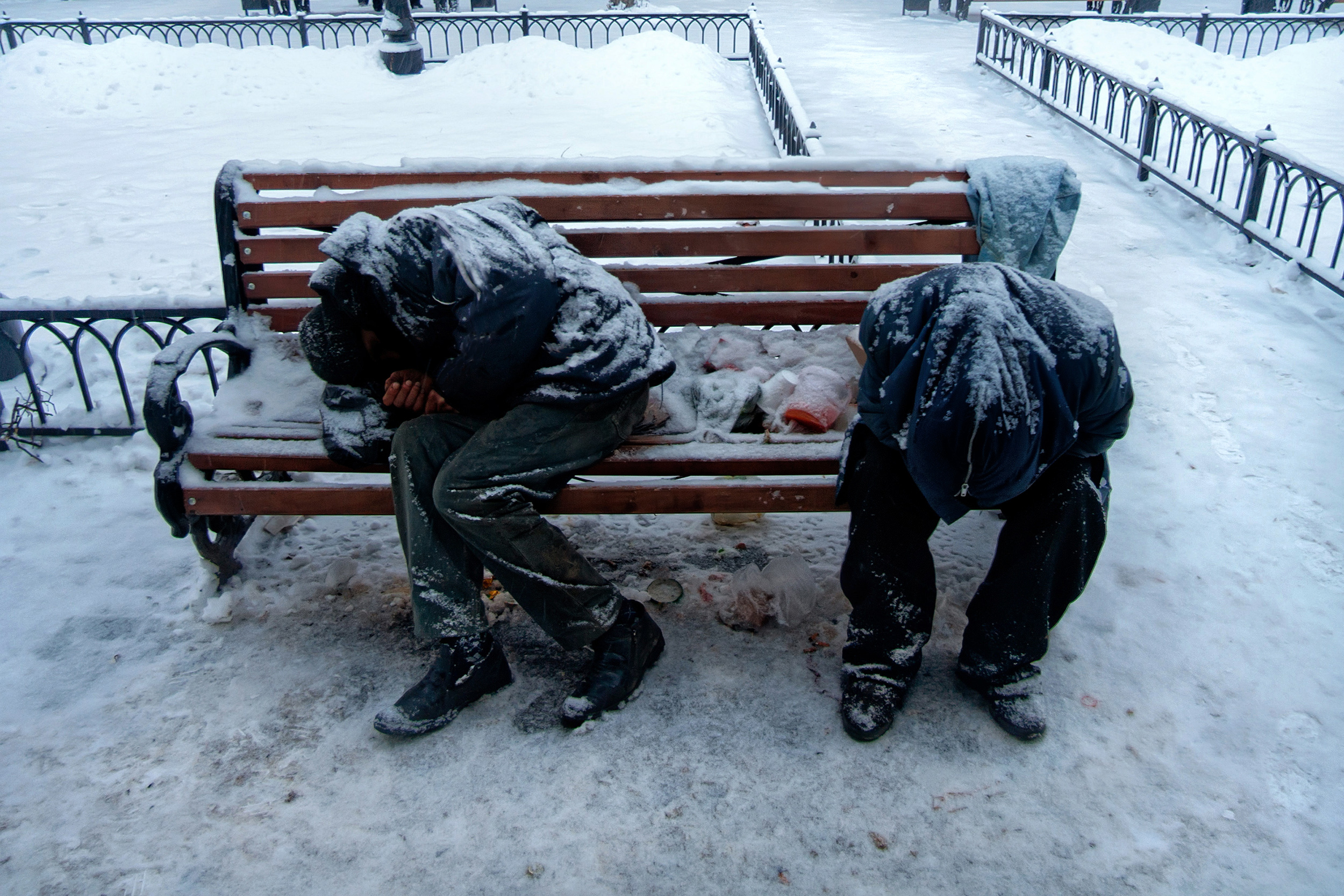
- On January 08, 2019
- In Affordable Housing
Homelessness Increases in Massachusetts: The Reasons Why & What Must Be Done
During the winter, it’s easy to be consumed by thoughts of slippery roads, bitter winds and unpredictable snow storms. But it’s just as easy to forget that such cold weather also threatens the lives of thousands who don’t have a safe shelter. This past year, homelessness increased in Massachusetts by 14 percent, meaning that more than 20,000 people currently lack access to stable housing. These numbers are significant and shocking, especially given that Boston Mayor Marty Walsh in 2015 hoped to eliminate chronic homelessness by 2018. Why has there been such a sharp uptick? We’ve summarized a few of the reasons why this issue remains so pervasive.
- Rising Housing and Living Costs: The cost of living continues to rise across the Commonwealth, often outpacing low-income working wages and pushing out those with fixed incomes. This disparity, according to John Yazwinski of Father Bill’s and MainSpring, has resulted in a 35 percent increase in the number of elderly individuals the nonprofit serves. Although Mayor Walsh and other civic leaders throughout the state have made pledges to increase affordable housing production, there simply aren’t enough options available. Local homeless shelters are currently overwhelmed as a result.
- Natural Disasters: Hurricanes, flooding and wildfires continue to play a large role in displacing families and individuals across the country. In Massachusetts, 600 households uprooted by Hurricane Maria were temporarily placed into hotels under FEMA’s Transitional Shelter Assistance Program. While we’re proud to say that IBA was able to permanently house 10 Puerto Rican families that were forced to leave the island because of the storm, 50 households remain without a place to stay following the expiration of the Transitional Shelter Assistance Program on September 14, 2018. With climate change and natural disasters continuing to escalate in severity, we expect natural disasters to contribute heavily to homelessness rates in the years to come.
- Socioeconomic Crises: The state’s social resources system is overcome by the number of people who most require help, such as veterans and individuals suffering from opioid addiction. For instance, Boston Business Journal recently reported that the number of homeless patients hospitalized for opioid use jumped to 420 for every 1,000 homeless individuals in 2013, up from 294 in 2007, indicating insufficient outpatient services for those without adequate shelter. In addition, while many communities have made inroads in helping get veterans off the street, a HUD report recently discovered that the number of veterans without homes rose by 15 percent
in Massachusetts. Patterns of chronic homelessness among the most vulnerable indicates that more must be done to support people who need additional emotional, medical and substance abuse assistance.
The epidemic of short- and long-term homelessness in Massachusetts is complex. We applaud the City of Boston’s efforts to connect chronically homeless families and individuals with resources that may help get them out of shelters. However, efforts to develop more housing for our communities’ most vulnerable residents must be a top priority.
In the year to come, we will be acquiring 146 residential units from the Boston Housing Authority and renovating the homes to ensure the long-term sustainability of the properties. We are also committed to providing residents with housing opportunities, residential programs and a safe community that empower them and enrich their lives. We are proud to be working to develop housing opportunities for low-income households and minority residents in Boston. For more information on how you can support IBA, please visit our page: https://ibaboston.org/donate
...